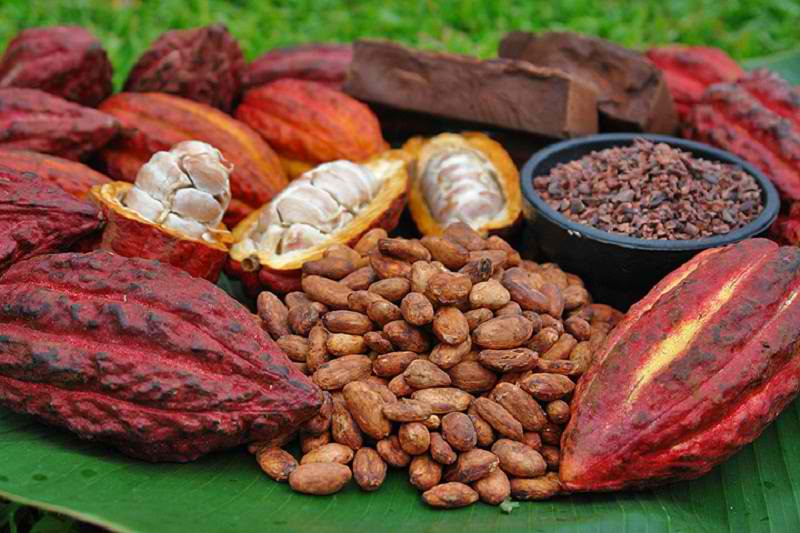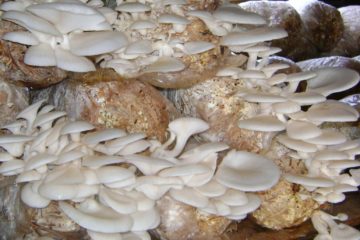ON-FARM TRIALS AND STABILITY ANALYSIS OF CARROT VARIETIES FOR ORGANIC PRODUCTION IN THREE AGRO-ECOLOGICAL ZONES OF THE PHILIPPINES HIGHLANDS
Belinda A. Tad-awan and Darwin B. Basquial
Abstract
Few varieties adapted under organic conditions were one of the gaps identified for sustainable vegetable production in the Philippine highlands. In this research, carrot (Daucus carota L.), one of the leading crops in the highlands was considered to identify varieties that can be grown under organic production systems under wet and dry season.
Selected varieties from preliminary trials were evaluated under organic conditions in three agro-ecological zones in Benguet Province represented by: La Trinidad (1332 m asl; low-mountain zone (LMZ); Bonglo, Atok (2,085 m asl; mid-mountain zone (MMZ); and Tulodan, Atok, (2,330 m asl); high-mountain zone (HMZ) following the Philippine National Standards (BAFPS, 2003). On-farm trials were conducted for two dry and two wet seasons from 2011-2013. Genotype (G) x environment (E) analysis was done on yield to determine stability of the varieties across locations and seasons using the Additive Main Effects Multiplicative Interaction model.
In the HMZ, Kuroda produced the highest yield: in the MMZ, Terracotta; and LMZ, Makita. As to G x E analysis, Kuroda is the most stable during the dry season while Chunhong for wet season. Chunhong is most stable both for dry and wet season.
Kuroda is recommended for HMZ, Terracotta for MMZ, and Makita for LMZ. For dry and wet season planting. Chunhong is recommended. In order to sustain organic carrot production, Chunghong, Terracotta and Kuroda varieties are recommended as component of organic production systems in the Philippine highlands.
Keywords: organic farming, carrots, agro-ecological zones, highland farming


